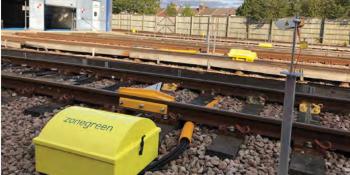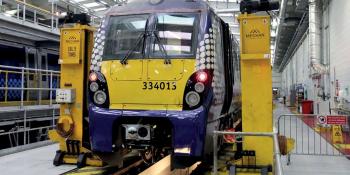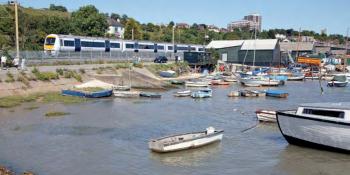Chris Stokes
Whilst many network bottlenecks have been eased in the recent years of plenty for infrastructure investment, there are still parts of the network where rationalisation carried out in the sixties and seventies impacts on both capacity and performance. With hindsight – always a useful tool – many changes reflected an assumption during this period that the industry was in long-term structural decline, so, for example, singling secondary routes to avoid renewals was seen as sensible, and the constraints that this imposed on the service pattern were judged to be acceptable.
I believe infrastructure policy was dictated too much by the civil engineers who promised savings by the elimination wherever possible of track, points and crossings. In addition to singling, this led to a rash of single lead junctions, which not only restricted capacity, but also raised real safety issues, exemplified by the fatal accident at Newton near Glasgow in 1991 when two trains collided head on at a single lead junction. The junction had been singled only around a month earlier, despite a similar fatal accident having taken place at Bellgrove, also near Glasgow, in 1989. Happily the Train Protection and Warning Sy…



